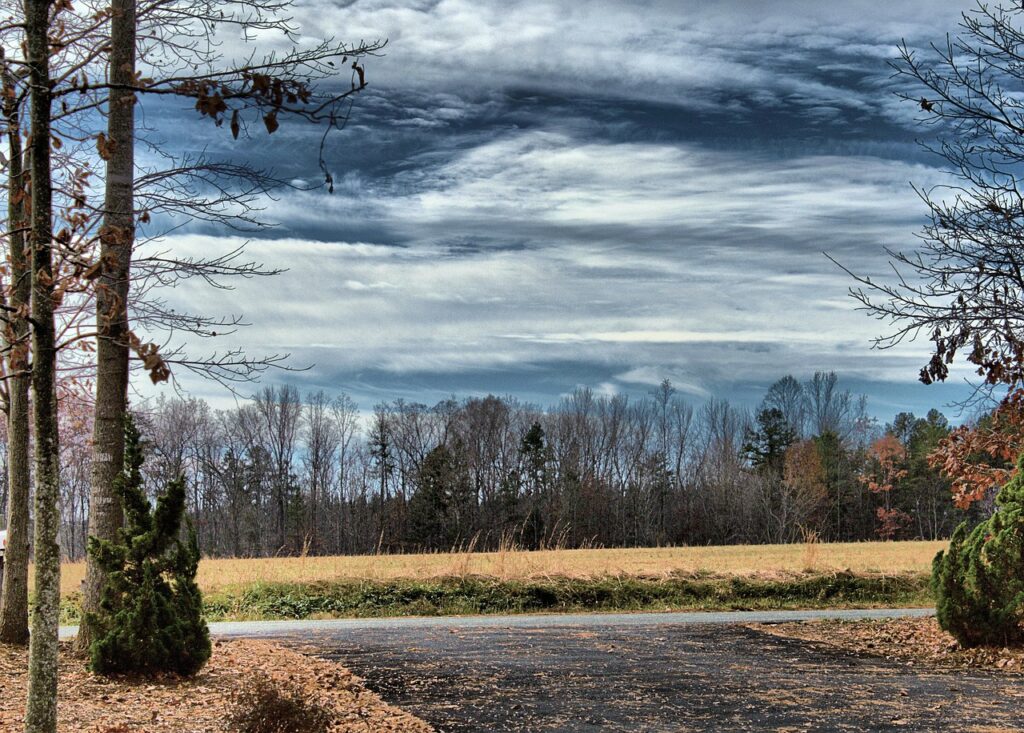One of my goals with these articles is to make them straight forward and easy to understand. This allows people with different backgrounds and experience levels to benefit from them.
Crack filling is one of the most important and cost-effective things you can do to extend the life of your pavement. If you want the crack sealer to last, then it’s important to know what time of year the work should be completed. The information below will hopefully help you decide the time that works for you.
Crack sealing versus crack filling
I wanted to briefly discuss the difference between crack sealing and crack filling. People may have different definitions, but for the purpose of this article, crack sealing is when a thin layer of flexible sealer is placed over the crack. Crack filling is where most of the crack is filled with the flexible sealer. When doing the work yourself, you will probably end up with a combination of crack sealing and crack filling. Don’t get too caught up in the definitions. The most important thing is that the cracks get sealed which will help keep water out of the pavement. You can check out my other articles for more information on crack sealing.
When to crack seal in Wisconsin
- Spring
- Summer
- Fall
Spring
You can seal cracks in the spring, but I would not recommend it. My biggest concerns are the amount of moisture that could still be in the pavement and the ground, the joints might be dirty due to the salt and sands applied over the winter, and the colder pavement might make it harder for the sealer to bond. You want to make sure the cracks have time to dry before applying the crack sealer. Pavements also expand and contract depending on the temperatures. This means at colder temperatures the cracks should be wider and as the pavement heats up the width of the cracks should be narrower. If you seal the cracks now, be prepared to use a little more crack sealer.
Summer
Summer is probably the best time of the year to seal/fill cracks. The hotter temperatures will provide a good opportunity for the cracks to dry faster. Due to the rain events, the cracks should be cleaner during the summer than early spring. If the cracks have a layer of dust, they should still be cleaned with a pressure washer or hose. One downfall is the cracks might not be as wide during the heat of the summer, but a high-quality flexible sealer should still last a while. The warmer pavement should also make it easier for the crack sealer to bond.
Fall
Fall is also a good time to seal as long as the cracks are dry. Keep in mind the colder temperatures can make it challenging for the crack sealer to bond. Make sure the temperatures meet the manufactures recommendations for applying crack sealer.
Conclusion
You can choose to seal during the Spring, Summer, or Fall, but I would recommend trying to seal cracks sometime during the summer. The cracks should be cleaner and dryer during the summer months.
